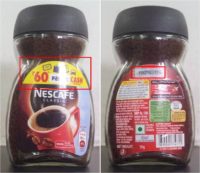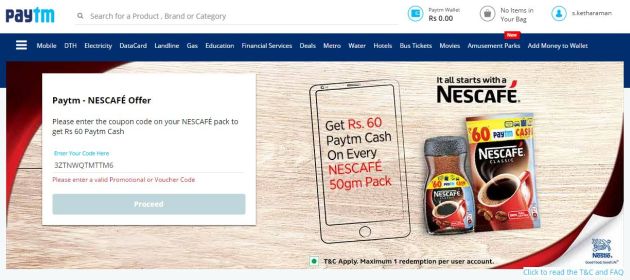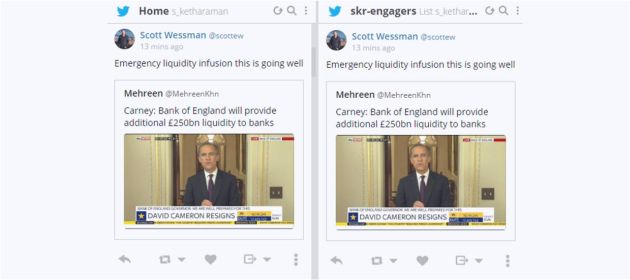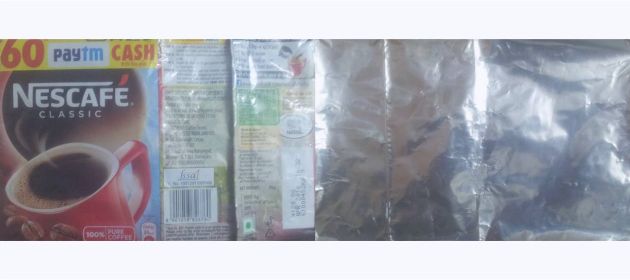Barring a few exceptions like Dollar Shave Club, consumer brands still don’t sell their products directly to people who use them. Instead, they use the traditional multi-tiered distribution channel comprising distributors, wholesalers and retailers. Ergo they don’t know their end consumers.
How do brands overcome the “anonymity” challenge, reach out to end consumers and engage with them? As we saw in Whose Customer Am I?, that’s a marketing best practice.
Enter Customer Engagement Management.
Customer Engagement Management is a new genre of software that enables a brand to connect with its end consumers and treat them as though they were its direct customers. CEM seeks to drive repeat purchase, boost brand loyalty and build customer advocacy. The new breed of Customer Engagement Management software helps brands to enroll consumers, engage with them and enable consumers to encash at scale. Click here to find out more about a leading CEM solutions provider (Disclosure: This company is our customer.)
The first goal of a CEM software is enrollment, which is the process by which a brand identifies its end users and collects some Personally Identifiable Information (PII) like email address, mobile number, zip code, and so on. In the case of fast moving consumer goods, this happens via “couponing”. In this process, the brand embeds a unique code in / on the product. When a consumer buys the product, they scratch off a panel to see the code. They then submit the code to the brand using a suitable communication channel such as missed call, SMS, email, website, mobile app or even snail-mail.
Voilà. Armed with the end consumer’s contact information, the brand can now proceed to engagement and encashment, which are the subsequent stages in the CEM journey.
Since couponing is the first step in the long customer engagement journey, it’s crucial for brands to get it right.
Couponing is not easy, especially if it involves a third-party product. Challenges range from where to insert the code, making the code large enough to be visible but small enough to fit on the existing product packaging through to ensuring that there’s enough space on the label for providing instructions on how to submit the code.
As you can see, many of these factors are not within the brand’s control. How, then, does it succeed in couponing?
Short Answer: Omnichannel Couponing.
Here, brands do the best possible on physical channels and use their digital channels to compensate the shortfall.
For the uninitiated, in the classical multichannel approach, a given process can be executed end-to-end on every channel viz. instore, telephone, web, mobile, social media. In contrast, omnichannel allows a given process to be split across multiple channels such that each channel does what it’s best at. More details can be found on our blog post From Multichannel To Omnichannel & Beyond.
IME, drop-off occurs when present channel sucks for next step in customer journey https://t.co/sQASyOTVQX
— GTM360 (@GTM360) May 3, 2016
I’ll illustrate Omnichannel Couponing with the example of PayTM.
India’s largest prepaid mobile wallet recently ran CEM campaigns with many FMCG brands.
I had a chance to try out PayTM’s campaign with Nescafe. The campaign worked as follows: Buy a 50 gram bottle / sachet of Nescafe Classic instant coffee and get INR 60 cashback on your PayTM account.
I first bought the bottle. I could spot the PayTM INR 60 cashback offer on the front of the label and the scratch panel on the back of the label. But I couldn’t find any instructions on how to redeem the coupon. Under normal circumstances, I’d have bailed out at this stage. However, I decided to be more patient this time because I’ve known PayTM to deliver superior CX in “stealth mode” in the past!
I scratched off the panel on the back of the label and obtained the code. When I went to www.paytm.com, I couldn’t find any place to enter the code. So, I performed the most prominent CTA on the homepage, namely, top up my mobile phone.
 After entering my mobile phone number and the topup amount, I clicked the “Proceed to Pay Bill” button. On the next screen, I was able to see a “Have a Promo Code?” hyperlink. I clicked the link and entered the code printed on the Nescafe bottle. I then clicked the “Apply” link.
After entering my mobile phone number and the topup amount, I clicked the “Proceed to Pay Bill” button. On the next screen, I was able to see a “Have a Promo Code?” hyperlink. I clicked the link and entered the code printed on the Nescafe bottle. I then clicked the “Apply” link.
Turns out this was not the right place to enter the code. But, unlike most other websites that would flash a staid “Code invalid” type of error message and refuse to go further, PayTM responded back with a helpful error message “This code is applicable only on paytm.com/nescafe”. For some reason, the link wasn’t clickable but it was not a big deal to type in the URL into my browser, visit the Nescafe microsite, and submit my code. I got a message confirming that my couponing was successful.
I’m guessing that PayTM couldn’t find enough room to print the full couponing instructions on the bottle, anticipated the deficiency to cause pain, and alleviated the pain area by directing people to www.paytm.com/nescafe on its website.
In effect, PayTM set up the couponing process to begin on a physical channel (Nescafe bottle) and switch it later to a digital channel (its website) – aka used omnichannel couponing – to drive success of its CEM campaign.
In Part-2 of this blog post, I’ll describe my experience with the Nescafe 50 gram sachet. Stay tuned!
(Spoiler Alert: Different packings have different challenges and learnings!).


